The Titanium-Free Food Color Market is currently characterized by a dynamic competitive landscape, driven by increasing consumer demand for natural and clean-label products. Key players are actively innovating and expanding their product portfolios to meet these evolving consumer preferences. Companies such as Döhler (DE), Sensient Technologies (US), and Chr. Hansen (DK) are at the forefront, focusing on sustainable sourcing and product development. Their strategies emphasize not only the enhancement of product quality but also the reduction of environmental impact, which collectively shapes a competitive environment that prioritizes sustainability alongside product efficacy.
In terms of business tactics, companies are increasingly localizing manufacturing to reduce lead times and enhance supply chain efficiency. This approach appears to be a response to the growing need for agility in production and distribution. The market structure is moderately fragmented, with several players vying for market share, yet the influence of major companies remains substantial. The collective actions of these key players are likely to drive innovation and set industry standards, thereby influencing smaller competitors and new entrants.
In August 2025, Sensient Technologies (US) announced the launch of a new line of plant-based food colors derived from sustainable sources. This strategic move not only aligns with the growing trend towards natural ingredients but also positions Sensient as a leader in the sustainable food color segment. The introduction of this product line is expected to enhance their market share and appeal to health-conscious consumers, thereby reinforcing their competitive edge.
Similarly, in September 2025, Chr. Hansen (DK) expanded its partnership with local farmers in Europe to secure a consistent supply of raw materials for its natural colorants. This initiative underscores the company's commitment to sustainability and local sourcing, which may enhance its brand reputation and operational resilience. By fostering these relationships, Chr. Hansen is likely to mitigate supply chain risks while promoting local economies, thus creating a win-win scenario.
Moreover, in July 2025, GNT Group (NL) unveiled a new digital platform aimed at providing customers with real-time access to product information and color matching tools. This digital transformation initiative reflects a broader trend towards integrating technology into business operations, enhancing customer engagement, and streamlining the purchasing process. Such advancements may not only improve customer satisfaction but also position GNT as a forward-thinking leader in the market.
As of October 2025, the competitive trends in the Titanium-Free Food Color Market are increasingly defined by digitalization, sustainability, and the integration of artificial intelligence in product development. Strategic alliances among companies are shaping the landscape, fostering innovation and collaboration. Looking ahead, it is anticipated that competitive differentiation will evolve, shifting from traditional price-based competition to a focus on innovation, technological advancements, and supply chain reliability. This transition may ultimately redefine market dynamics, compelling companies to adapt and innovate continuously.


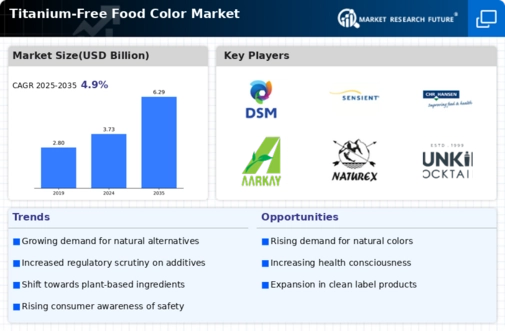
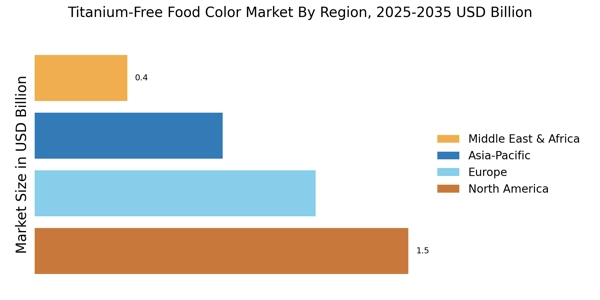
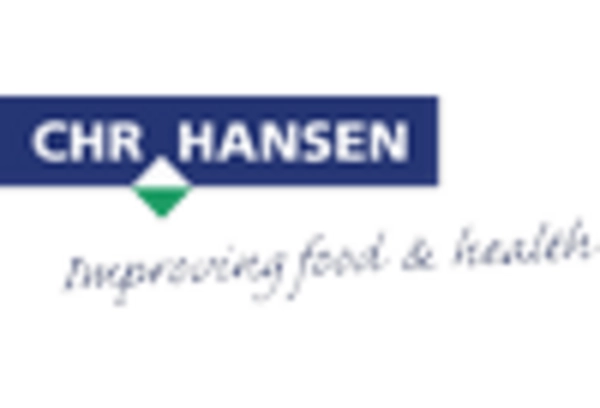
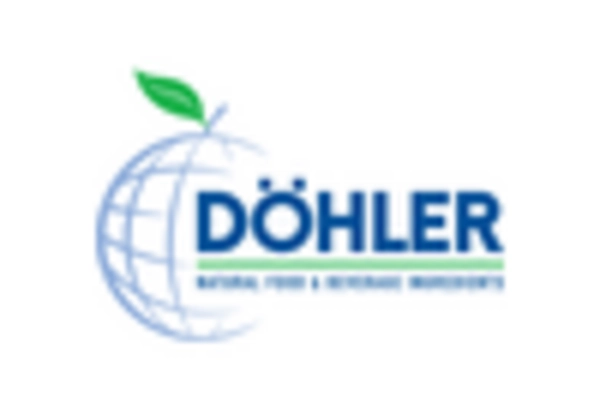
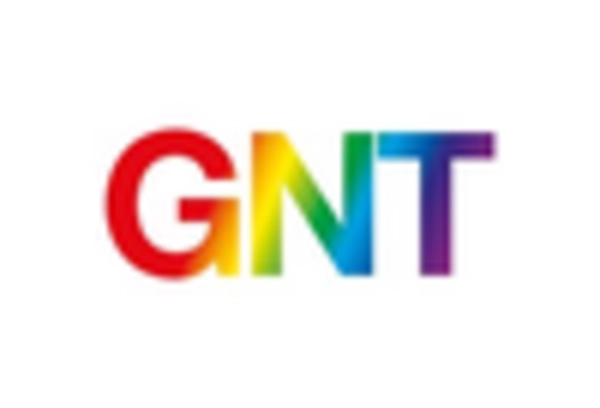
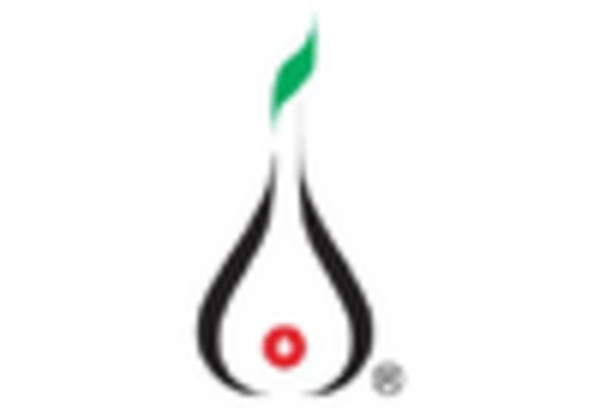
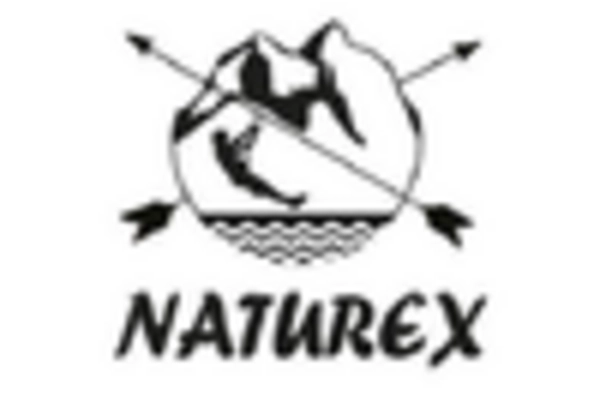
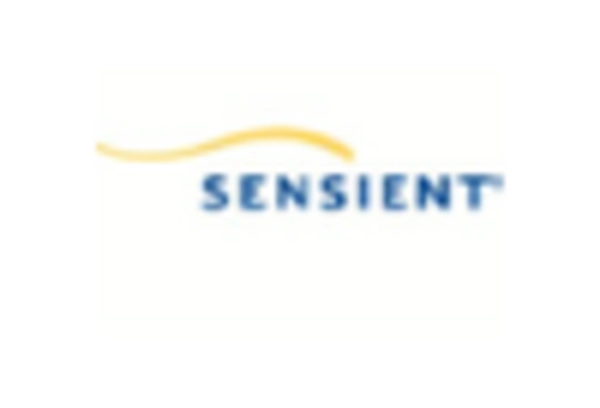








Leave a Comment